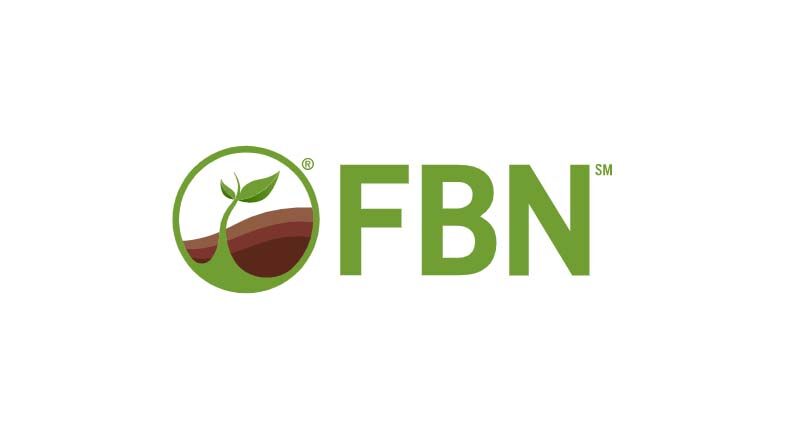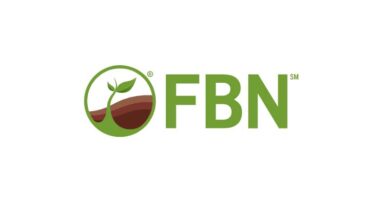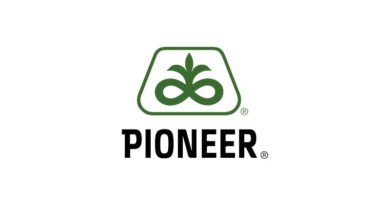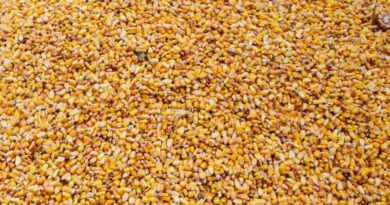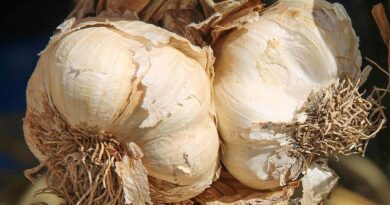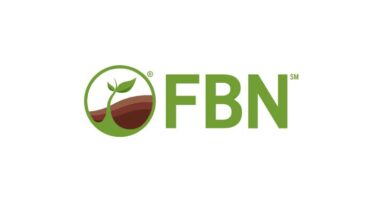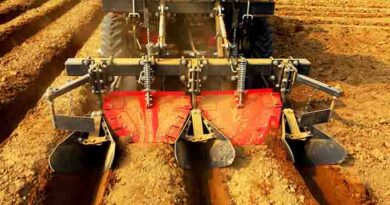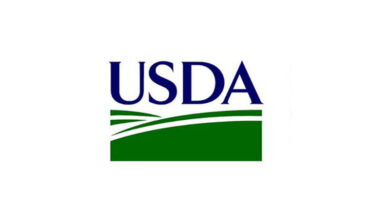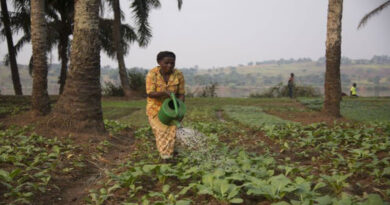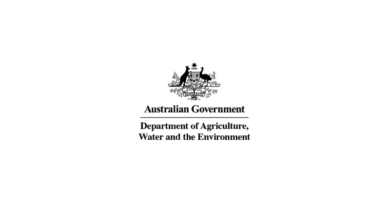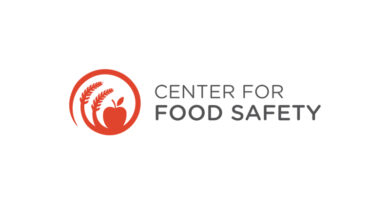5 Things You Need to Know Before Planting
10 March 2023, US: These pre-season tasks will help you and your operators make the most of your precision equipment.
When you back your planter into the shop to do pre-planting checks, you should do the same with your planting monitor. While you’re drawing up your planting schedule and prepping your team, here are a few steps to make it a great season:
1. Determine your farm’s optimal planting conditions and timing.
By analyzing past yields, FBN can help you identify your farm’s historically optimal planting temperature. In FBN Seed Finder, you can check daily soil temperatures and see seed response to planting temperature and date.
2. Find your optimal planting speed and seeding rate with the Analyze My Operation tool.
FBN analyzes your farm’s data to find multi-year trends across your operation in order to effectively determine your planter’s most yield-efficient speed and highest yielding seeding rate. Planting too quickly can cost you real yield dollars, so make sure all your team members know your farm’s unique speed limit!
3. Determine your prescription accuracy to see how well you’ve executed your planting prescriptions in the past.
Factors like excessive planting speed, complex prescriptions, high seeding rates and difficult terrain can affect the accuracy of your prescriptions. FBN analyzes planter data to identify your equipment’s effective performance range, both on the field level and across your whole operation.
4. Know whether your prescriptions have been properly inputted and tested.
All manufacturers have their own best practices on how prescriptions need to be written, so meet with your Precision Ag Specialist for specific use information and tips for your software. You should have your prescriptions written and inputted to your monitors as early as possible. Your specialist should have insight on what challenges exist and can even contact your prescription provider to write prescriptions for your operation.
5. Identify and understand software updates for your monitor or GPS.
Even when software updates are available (for example, Precision Planting requires yearly updates to access the most current database of varieties) your technician may recommend another, more reliable version for your specific area or needs. Open houses or clinics are a great resource to make sure that your displays are up-to-date and properly calibrated.
Once you’ve nailed down all the pre-planting information you need, check out the 5 Steps to Optimize Planting Data Collection for tips on calibrating your precision equipment for optimal data collection.
Also Read: Tendovo soybean herbicide from Syngenta earns rave reviews during first season of use
(For Latest Agriculture News & Updates, follow Krishak Jagat on Google News)

